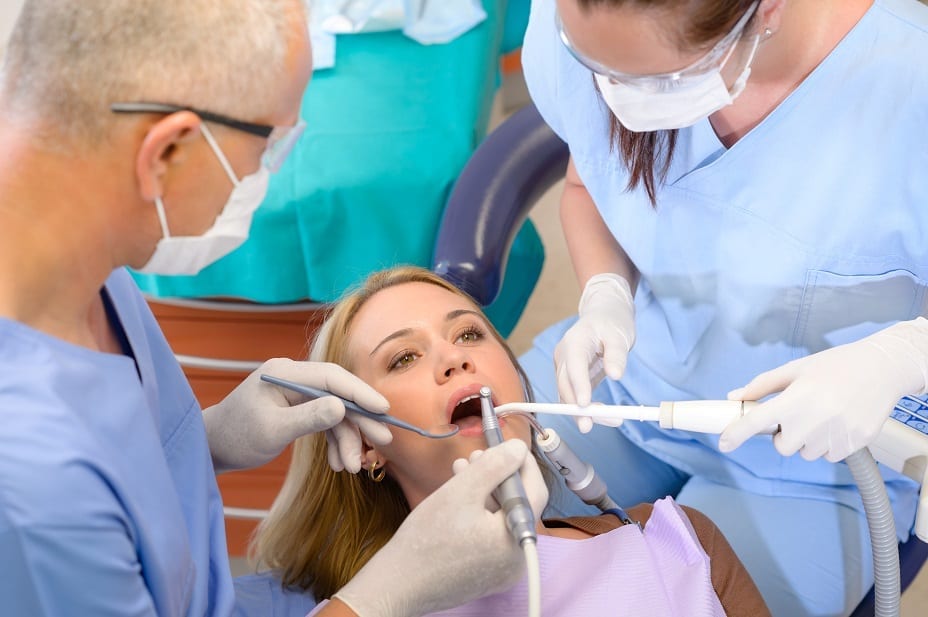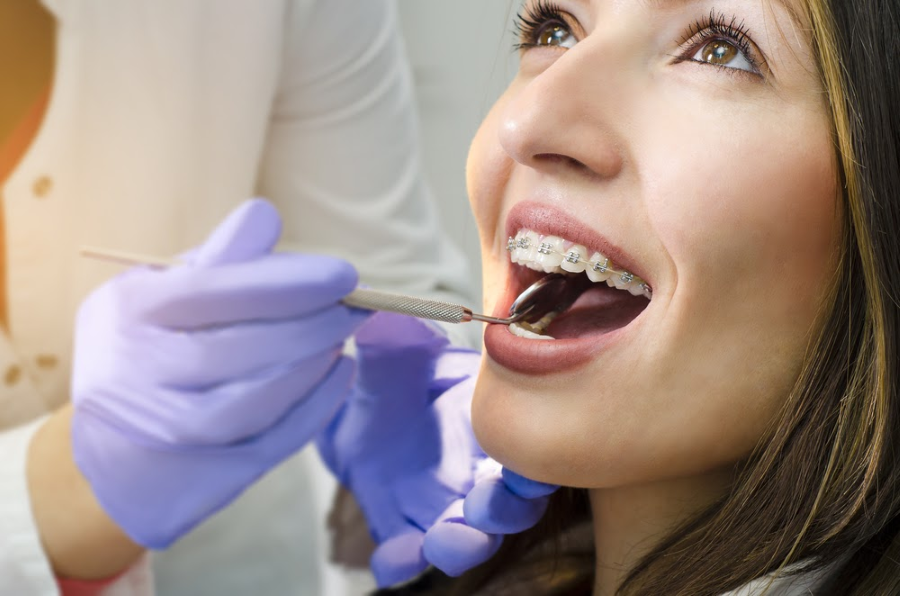Getting My Legacy Orthodontics To Work
Getting My Legacy Orthodontics To Work
Blog Article
What Does Legacy Orthodontics Mean?
Table of ContentsThe Single Strategy To Use For Legacy OrthodonticsSome Ideas on Legacy Orthodontics You Should KnowUnknown Facts About Legacy OrthodonticsThe Legacy Orthodontics StatementsThe Legacy Orthodontics Statements
In enhancement, we provide adjustable therapy routines, adaptable repayment alternatives and an enjoyable, satisfying experience.An orthodontist is a dentist educated to diagnose, avoid, and treat teeth and jaw irregularities. Orthodontists function with individuals of all ages, from youngsters to grownups.
Malocclusion, or misaligned teeth, can lead to dental concerns, consisting of tooth decay, gum tissue condition, and hard or unpleasant chewing. Not everybody is born with straight teeth. If you have a poor bite or large areas between your teeth, you might wish to consult a dental practitioner specializing in orthodontic treatment.
The Basic Principles Of Legacy Orthodontics
( Picture Credit Scores: DigitalVision/Getty Images) Orthodontists use dealt with and detachable oral tools, like dental braces, retainers, and bands, to transform the setting of teeth in your mouth. Orthodontic treatment is for oral abnormalities, including: Uneven teethBite problems, like an overbite or an underbiteCrowded teeth or teeth that are too far apartJaw misalignmentThe objective of orthodontic therapy is to enhance your bite.
While you may assume of orthodontists as primarily for kids or teens who require braces, they can fix oral problems at any type of age. Orthodontists participate in university, dental institution, and orthodontic institution.
All orthodontists are dental practitioners, but not all dental professionals are orthodontists. Orthodontic residency programs provide intensive, focused instruction for dental specialists. They concentrate on 2 locations: Just how to effectively and securely move teeth How to correctly lead growth in the teeth, jaw, and faceOnce an orthodontist has actually completed training, they have the alternative to come to be board accredited.
Legacy Orthodontics Fundamentals Explained
Imbalance, or malocclusion, is the most usual reason individuals see an orthodontist. It is hereditary and is the result of size differences in between the upper and reduced jaw or between the jaw and teeth. Malocclusion results in tooth congestion, an askew jaw, or irregular bite patterns. Malocclusion is generally treated with: Your orthodontist attaches steel, ceramic, or plastic square bonds to your teeth.
If you have just minor malocclusion, you may be able to utilize clear braces, called aligners, as opposed to traditional dental braces (https://experiment.com/users/legacyortho). Some individuals need a headwear to help relocate teeth right into line with pressure from outside the mouth. After dental braces or aligners, you'll need to put on a retainer. A retainer is a personalized device that maintains your teeth in place.
They're most commonly used on children. They can create added space in the mouth without having to pull teeth. If you have a serious underbite or overbite, you may need orthognathic surgical treatment (additionally called orthodontic surgical treatment) to extend or shorten your jaw. Orthodontists use cables, medical screws, or plates to sustain your jaw bone.
You may need to see an orthodontist if you have: Crowding or not sufficient area for all of your teethOverbite, when your top teeth come your bottom teethUnderbite, when your bottom teeth are as well much forwardSpacing or issues with gapsCrossbite, which is when your upper teeth fit behind your bottom teeth when your mouth is closedOpen bite or a vertical space in between your front base and top teethMisplaced midline, when the center of your bottom and upper teeth do not align Fixing a dental malocclusion can: Make biting, chewing, and talking easierImprove the symmetry of our face and your general appearanceEase pain from temporomandibular joint problemsSeparate your teeth and make them simpler to cleanse, helping stop dental cavity or dental caries It's commonly a dental expert that initially notifications misaligned teeth throughout a regular test.
About Legacy Orthodontics

During your first orthodontic assessment, you'll likely have: An oral examPhotos taken of your face and smileDental X-raysPanoramic (360 degree) X-rays of your face and headImpressions to produce molds of your teethThese tests will help your orthodontist understand just how to continue with your therapy. leesburg orthodontics. An orthodontist is a dental practitioner that's had training to treat your teeth and jaw
Orthodontists might execute surgical treatment, exams,X-rays,and more to help you obtain a much more comfortable, much healthier smile. An orthodontist is concentrated on your bite, so something like a damaged tooth would be taken care of by a dental professional. Orthodontists are dental professionals however not all dental experts are orthodontists. Orthodontists are focused on your bite, or the way your teeth meshed, and the straightness of your teeth.
Ever before questioned exactly how celebrities constantly appear to have perfectly lined up teeth? Orthodontists are oral experts that focus on remedying irregularities in the teeth and jaws.
9 Easy Facts About Legacy Orthodontics Shown

While dental braces are one of the most commonly recognized orthodontic therapy, orthodontists have a diverse toolkit at their disposal. The particular method picked relies on the severity of the situation, the person's age, and individual preferences. leesburg braces These tried-and-true dental braces make use of a system of braces bonded to the teeth and connected by wires.
Clear aligners, like Invisalign, are a prominent choice for clients seeking a much more very discreet treatment choice. These removable trays are personalized to progressively shift the teeth's placement. Headgear may be made use of in combination with braces or aligners to apply extra targeted pressures, specifically for correcting jaw discrepancies. In cases of narrow jaws, palatal expanders can be used to develop room for correct tooth placement.
Report this page